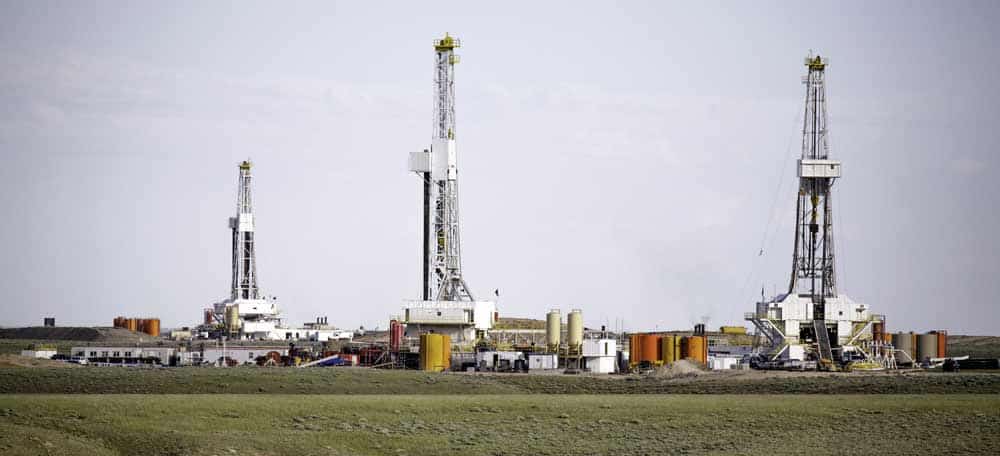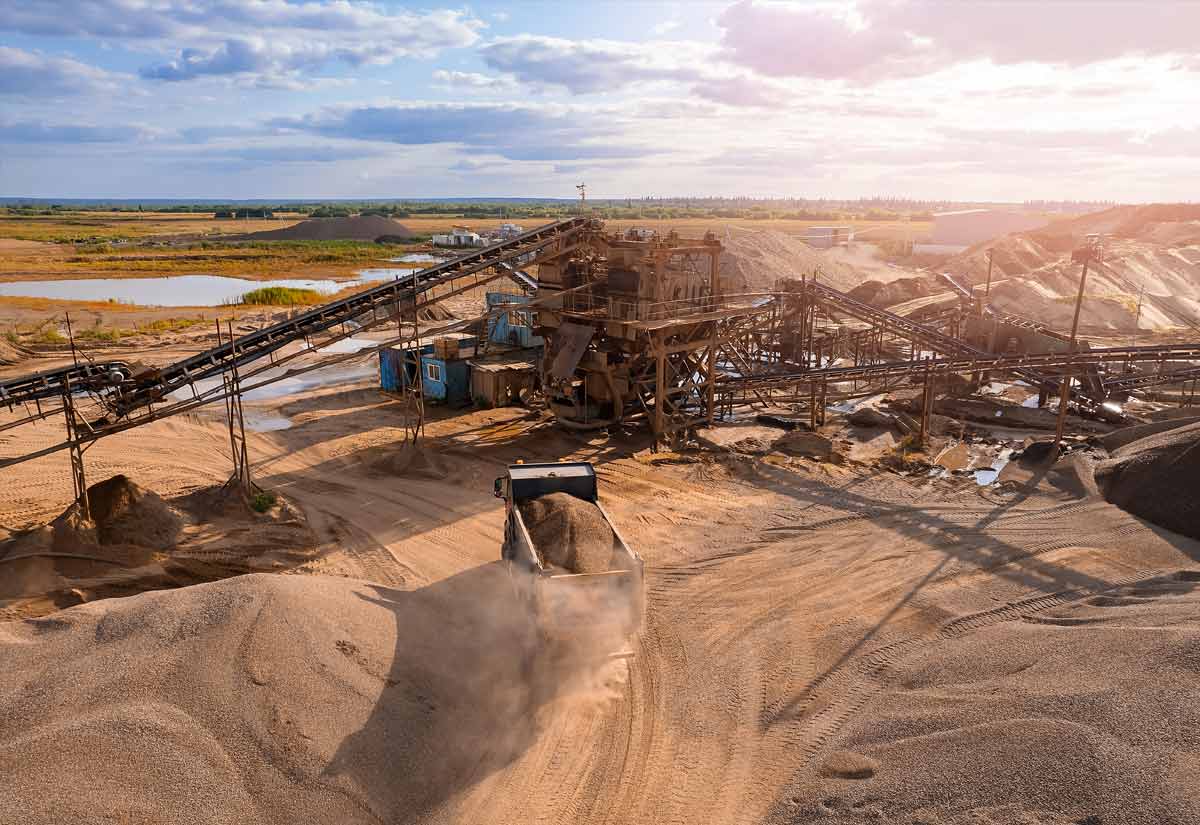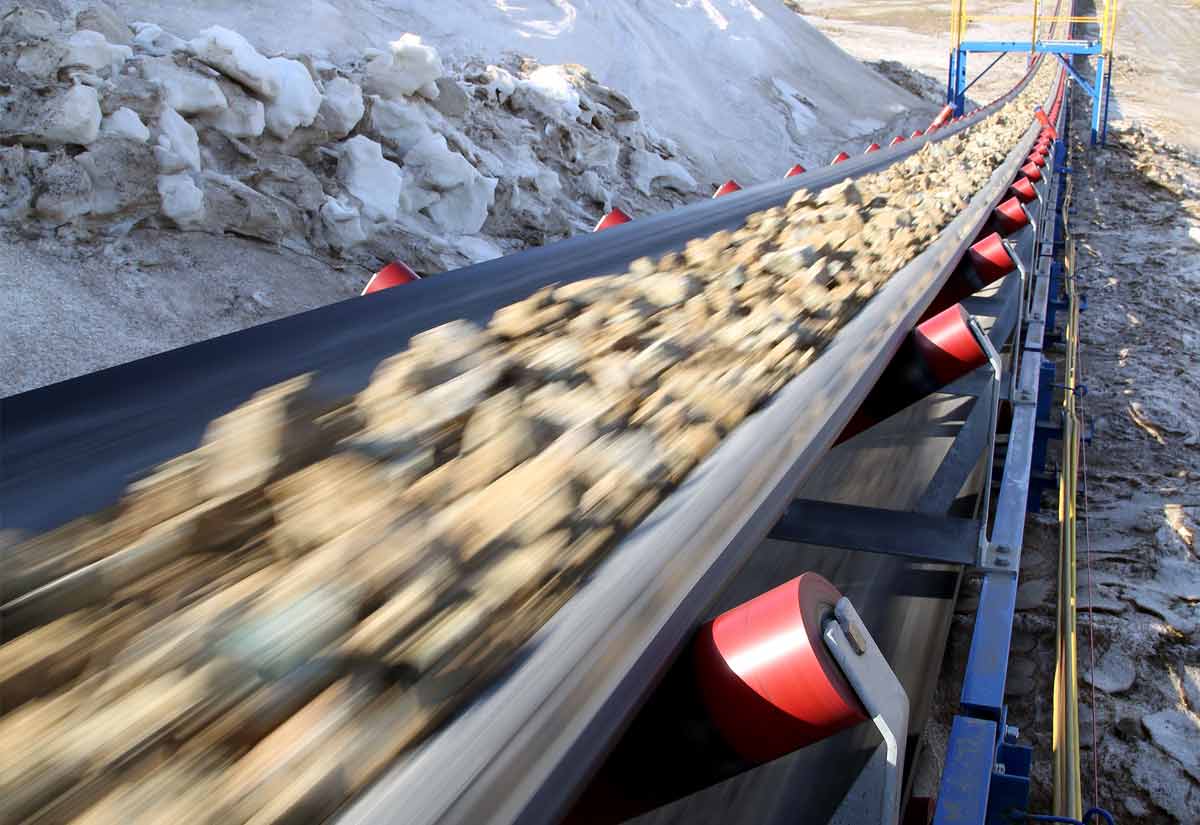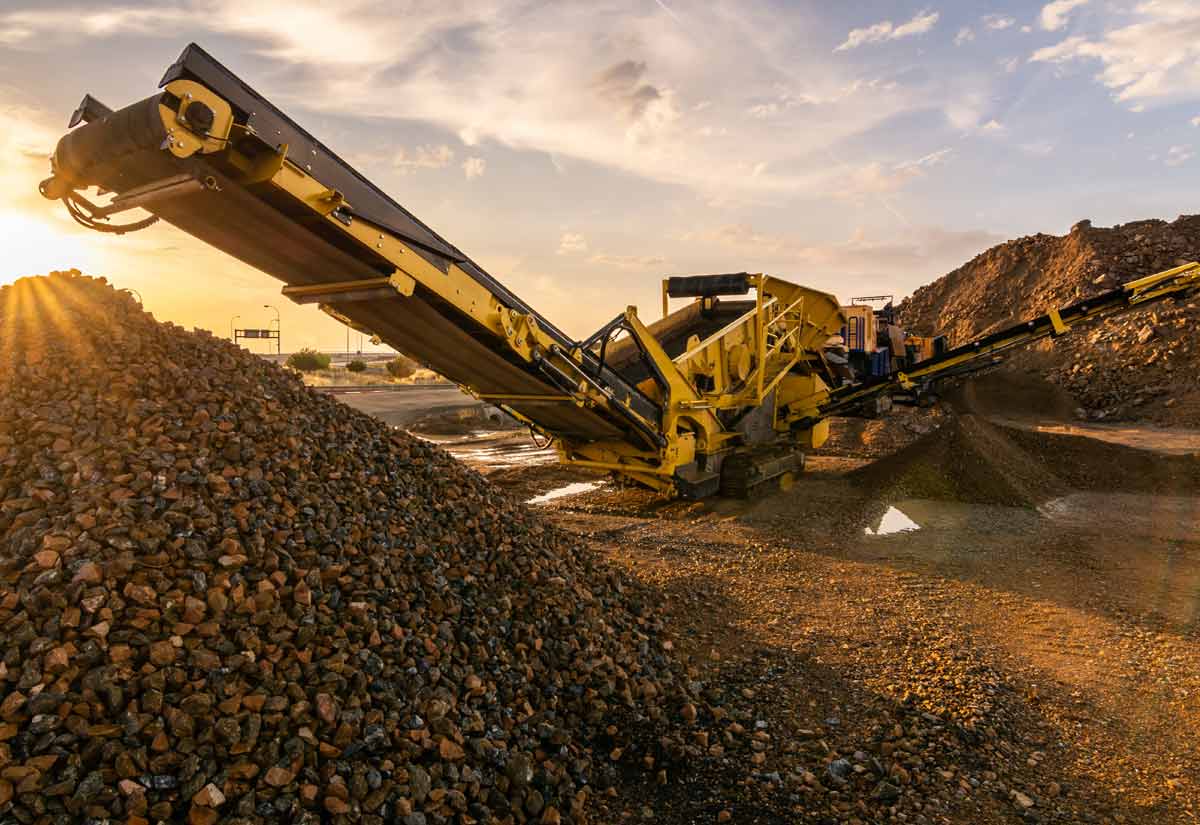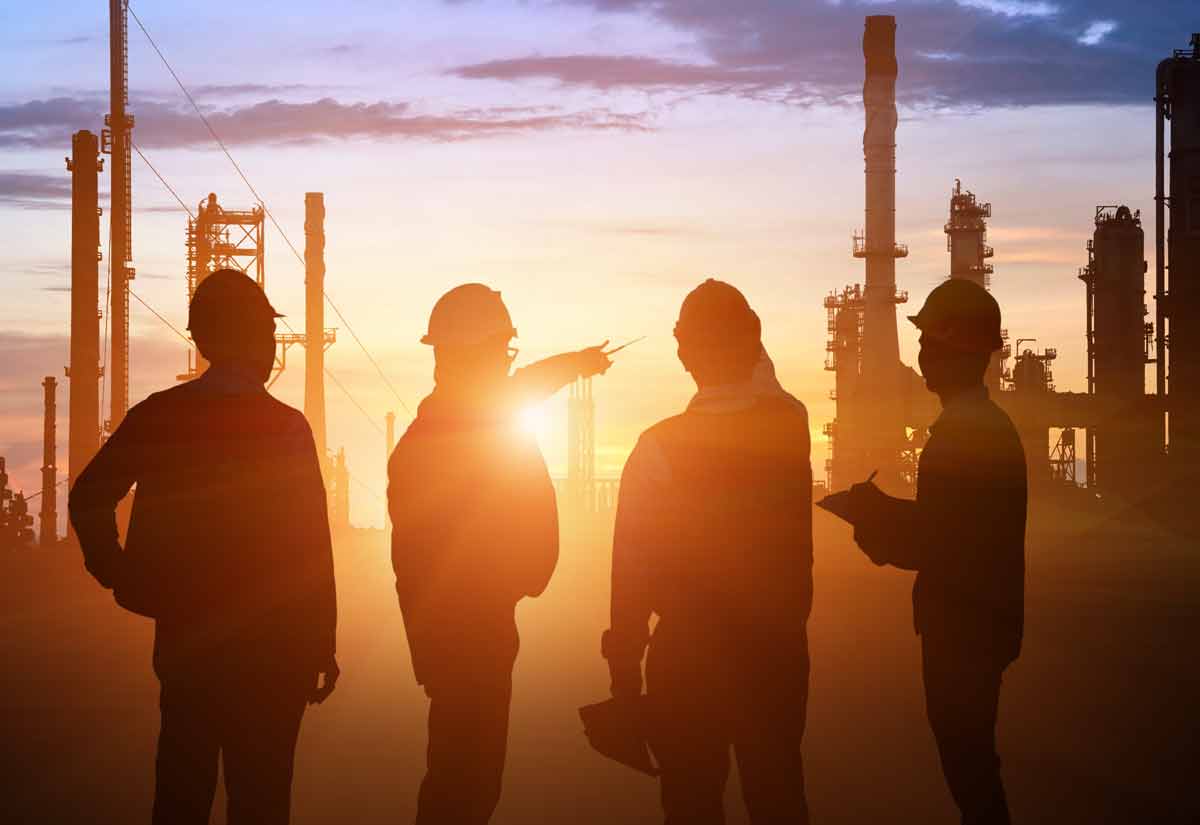Sand has been a vital resource throughout human history, a pivotal raw material essential in numerous industries and applications. Here are some key industry sectors that make sand an essential raw material for human society throughout the ages and into the future of 2024 and beyond.
- Construction: Sand is a fundamental ingredient in concrete and mortar, making it foundational in building infrastructure, from ancient structures to modern skyscrapers.
- Glass Manufacturing: Sand is essential for making glass for windows, bottles, and screens for electronic devices.
- Fracking: In the oil and gas industry, sand is used in hydraulic fracturing (fracking) as a dependable proppant to keep fractures open and facilitate the extraction of oil and natural gas.
- Land Reclamation and Beach Nourishment: River and sea sand is used in projects to create new land from the sea and to replenish eroding beaches, supporting coastal ecosystems and protecting human settlements.
- Electronics: High-quality silica sand is used in the production of silicon chips, crucial in the electronics industry.
- Filtering and Water Purification: Due to its exceptionally porous nature, sand is used in water filtration systems for both industrial and municipal water treatment.
50 Billion Tons of Sand and What Do You Get?
The global consumption of sand for all applications is immense. While the exact tonnage numbers for such massive worldwide consumption are difficult to compile, United Nations estimates from 2022 suggest that humanity uses around 50 billion tons of sand and gravel every year. 50 billion tons is enough to build a wall 27 meters wide and 27 meters high all around planet Earth. Resource governance for sand has been proposed as far back as 2019.
This staggering amount reflects sand’s crucial role in construction, glass-making, electronics, and numerous other industries. The vast scale of sand consumption underlines its importance as a resource, highlighting international concerns about sustainability, environmental impact, and using sand wisely.
Demand for sand will only increase, since aside from the key applications in the bullet list above, sand is also an excellent abrasive, giving rise to one sector projected to boom in the decades ahead.
Sand: Blasting Into the Future
The utilization of robotics in sandblasting is a cutting-edge phenomenon in the abrasive blasting world. With its ability to enhance profitability and productivity while providing safer employee protection, robotic sandblasting is the most high-impact advancement of the sector in recent times. At least that’s the pitch from Blast One, one of a growing field of manufacturers of robotic sandblasting machines that are all the rage in the industrial robotics world in 2023.
The global sandblasting market is rapidly expanding and is projected to generate substantial revenue increases by 2031, with a high compound annual growth rate (CAGR) forecasted from 2022 to 2031.
Sandblasting, a process using various sand-derived materials like glass beads and silica abrasives, is widely used in various industries including automotive, construction, marine, and oil and gas. The technique also reuses metal particles and coal grit for certain applications, converting what was once considered a waste material byproduct into a useful, profitable resource.
The automotive industry, in particular, is expected to lead the sand market share through 2028. This growth is driven further by the increasing demand in urban areas and the construction sector, as well as advancements in technology and strategic supply chain alliances in the industry.
Restoration of historical buildings and monuments with modern sand-blasting techniques is also gaining wider acceptance. According to companies such as PROSTRIP, restoration is all about thorough surface preparation.
This is where sandblasting comes in. The method uses high-velocity projectiles to launch fine abrasives, like grit or other tiny fragments, against a weathered structure’s surfaces. Multiple layers of grime, filth, and other impurities are thoroughly removed with this method, revealing the building’s natural look and setting the stage for subsequent restoration.
What the Frack? Boosting Domestic Energy Production
“Fracking is essential for the production of natural gas and oil from shale formations, and with advances in fracking technology, it is becoming easier and more accessible to access natural gas. Natural gas is by far the cleanest burning fossil fuel and releases the least amount of carbon emissions into the air compared to other fossil fuels, coal, and oil.” – Why is fracking for natural gas important? American Petroleum Institute
Fracking, or hydraulic fracturing, is a controversial topic primarily due to environmental concerns. Critics point to potential groundwater contamination, seismic activities (induced earthquakes), and methane emissions.
However, fracking proponents argue that fracking has significantly boosted domestic oil and natural gas production, reducing reliance on foreign energy sources. They also highlight advancements in technology that have made the process safer and more efficient. There are valid economic reasons for fracking, especially where LNG availability and cost are concerned.
According to the API (American Petroleum Institute), the advantages of low carbon Liquid Natural Gas liberated by fracking are many:
“It’s local, it’s affordable, and it’s abundant. Today, with the high unemployment rate nationwide and an unpredictable economy, it’s important to have affordable and local fuel sources. Expensive oil keeps the cost of natural gas appealing and decreases our dependency on foreign fuel sources. American fuel, “coast to coast and together with supplies from Canada [provides] more than 99% of our domestic needs. According to a recent study North America has at least a 100-year supply of natural gas.”- American Petroleum Institute
For industries reliant on fossil fuels, including the LNG, coal, and oil sectors, fracking remains a key method for accessing previously unreachable resources, seen as essential for supporting global energy demands. The controversy revolves around balancing energy needs with environmental responsibility, a crucial discussion in sectors driving modern industry and infrastructure development.
About Resource Erectors
At Resource Erectors, we understand that the cornerstone supporting our global community is the heavy industry sector. With decades of specialized heavy industry recruiting experience, we’re dedicated to supporting the pivotal industries that keep our world in motion.
By connecting exceptional talent with industry-leading companies, we take pride in the role we play, helping to power the industrial engines of global progress with the top professionals. We maintain connections with industry-leading companies and professionals in sand, mining, aggregates, concrete, bulk materials, civil construction, engineering, and more.
When you’re ready to make your move in heavy industry you’re ready for Resource Erectors so don’t hesitate to contact us today.

